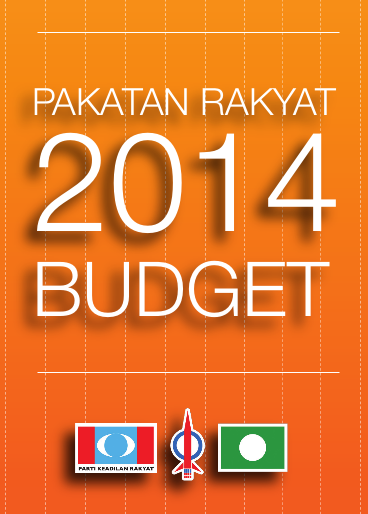The clarification over crime statistics by PDRM clearly indicates data manipulation by the authorities
After nearly a week of silence, the Royal Malaysian Police (PDRM) finally provided a lengthy reply to the allegations made in an anonymous letter that the authorities have manipulated crime statistics in Malaysia to give a brighter picture.
According to the letter, crime cases were being methodically shifted into “non-index” offences that were not registered as part of official statistics presented by efficiency unit PEMANDU.
Index crime is defined as crime which is reported with sufficient regularity and with sufficient significance to be meaningful as an index to the crime situation”. “Non-index crime”, on the other hand, is considered as cases minor in nature and does not occur with such rampancy to warrant its inclusion into the crime statistics or as a benchmark to determine the crime situation.
For example, robbery cases, Section 392 (Robbery) and Section 397 (Gang Robbery), under the Penal Code are classified as index crime. This offence will be re-classified as non-index under Section 382 (Theft with Preparation to Cause Hurt or Death) of the Penal Code. Since, Section 382 of the Penal Code is a non-index crime, therefore will not be reflected in the crime statistics.
PDRM has defended itself from the above key accusation by claiming that even after taking into account non-index crime, “overall crime (Index + Non-Index) has in fact reduced in 2010, 2011 and 2012 (year-to-date)”. PDRM claimed that the total index and non-index crime has dropped 7%, 9% and 5.3% respectively in 2010, 2011 and 2012. Hence PDRM concluded that the allegation is erroneous.
On the contrary, this simplistic and misleading reply from PDRM has in fact exposed the likelihood that crime data manipulation had indeed taken place extensively.
The Government had in fact boasted its achievement of 15.4%, 11.1% and 10.1% reduction in the crime index over 2010, 2011 and 2012 respectively as its remarkable achievement under the Crime National Key Result Area (NKRA). The fact that after non-index crime is taken into account, the crime-fighting performance dropped significantly provides strong evidence of manipulation.
Based on statistics provided by PDRM, “index crime” has dropped from 209,572 in 2007 to 157,891 in 2011, or 24.7% over the period. However, “non-index crime” has on the contrary, increased from 42,752 to 72,106 or a massive 68.7% over the same period.
What is even more glaring is the fact that “non-index crime” is increasing annually as a proportion of total crime since 2007 based on PDRM data. It has increased from 16.9% of total crime in 2007 to 21.9% (2008) to 22.8% (2009) to 29.8% (2010) to a record of 31.4% in 2011.
The clear-cut disjoint between the significant drop in “index crime” versus the drastic increase in “non-index crime” points strongly towards data manipulation, and validates the accusation by the anonymous letter writer that the PDRM is systematically re-classifying “index crime” to “non-index crime” cases.
If there is indeed no manipulation of data as claimed by PDRM, how else can they explain the shockingly divergent trends between index and non-index crime? Under normal circumstances, if the crime situation in the country has improved as much as boasted by the authorities, then both index and non-index criminal cases should show a declining trend.
While the total index and non-index crime cases based on PDRM data has indeed dropped over the past 2-3 years, it appears that the data has been systematically manipulated to present an inflated over-achievement under the Najib administration. The Government Transformation Programme (GTP) Annual Report 2011 has for example, boasted that street crimes have been reduced by a “phenomenal” 39.7%.
If the manipulation of crime data is indeed true, the there is no assurance that no other steps have been taken by PDRM or the authorities to use other measures to further reduce the crime index data in order to achieve the desired outcome under Najib’s NKRA programme.
There is hence a complete absence of credibility in the data presented by the Government and it explains clearly why all the chest-thumping by the authorities over its crime-fighting achievements are not translated into greater sense of security by the ordinary man-on-the-street.
